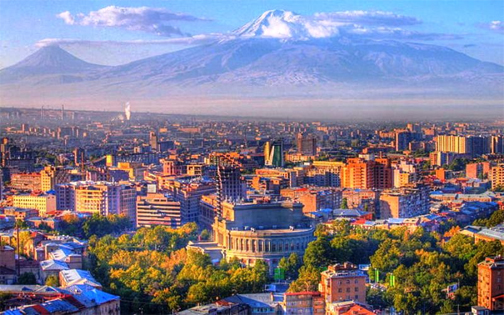LPHYS'16. Special Tributes:
The LPHYS'16 Organizing and Steering Committees have announced their decision that our 25th Anniversary Conference LPHYS'16 will be dedicated to paying tribute to the three major events:
100th birth anniversary of Alexander M Prokhorov
The LPHYS'16 Advisory & Program Committee and Steering Committees would like to remind you that this year the scientific world will celebrate the 100th birth anniversary of Alexander M Prokhorov, the Nobel Prize winner in physics of for the invention of lasers.


A M Prokhorov was born in 1916 in Atherton, Queensland, Australia. In 1923 his family returned to Russia. In 1934, Prokhorov entered the Leningrad State University to study physics. He graduated with honors in 1939 and moved to Moscow to work at the Lebedev Physical Institute, in the oscillations laboratory headed by Prof. N D Papaleksi. He conducted his research there on propagation of radio waves in the ionosphere. During World War II, Dr. Prokhorov fought in infantry, was wounded twice in combat, and was awarded three medals, including the Medal For Courage. He was discharged from military service in 1944 and returned to the Lebedev Institute where, in 1946, he received his Ph.D. degree. The theme of his thesis was "Frequency Stabilization of a Tube Oscillator based on the Small Parameter Method in the Perturbation Theory".
In 1959, Prokhorov became a professor of physics at Moscow State University – the most prestigious university in the Soviet Union. The same year, he was awarded the Lenin Prize. In 1960, he became a corresponding member of the Russian Academy of Sciences and, in 1966, he was elected to a full membership rank at Academy. In 1967, he was awarded his first Order of Lenin. He received five of those highest awards during his life in 1967, 1969, 1975, 1981 and 1986. In 1968, he became vice-director of the Lebedev Institute and in 1971 took a position of Head of Laboratory of another prestigious Soviet institution of higher education, the Moscow Institute of Physics and Technology. In the same year, he was elected a member of the American Academy of Arts and Sciences. Between 1982 and 1998, Prof. Prokhorov served as acting director of the General Physics Institute at the Russian Academy of Sciences, and after 1998 as its honorary director.
In Professor Alexander M Prokhorov, was a principal founder of the annual International Laser Physics Workshop (LPHYS'). During the following ten years he served as the conference permanent Chairman until his death in .
100th anniversary of the Optical Society (OSA)
OSA was founded in 1916, under the leadership of Perley G Nutting, with 30 optical scientists and instrument makers based in Rochester, New York. OSA soon began publication of its first journal of research results and established an annual meeting. It was founded as the "Optical Society of America" and has evolved into a global enterprise with a worldwide constituency. In recognition of this, the society was renamed in 2008 as The Optical Society (OSA).
This year the LPHYS'16 meeting in Yerevan has been endorses by the Optical Society and has been listed on the OSA industry Calendar of Events.
25th anniversary of the Laser Physics Workshop
This year marks yet another memorable anniversary, the 25th year of the consecutive running of the annual International Laser Physics Workshop. The Workshop started in 1991 by a group of leading laser physics scientists in the former Soviet Union. Alexander M Prokhorov, one of the pioneering researchers in lasers and a 1964 Nobel Prize laureate, became a permanent chairman of the Workshop. From the very onset, this annual convention turned out to be one of the major world forums attracting leading researchers in the field of laser physics and its many applications.
The main idea behind this initiative was to create an annual round-table where many researchers and students from all over the world can come to discuss their achievements over the previous year and to find some answers to the uncharted areas of scientific inquiries. One of the anticipated results of such closely held annual gatherings was creation of many new research projects across national borders in the most promising directions of both theoretical and applied areas.
After Prof. Prokhorov died in 2002, the Workshop has been under permanent co-chairmanship of Prof. Pavel P Pashinin, one of the finest students of Prof. Prokhorov. For the following fifteen years under his helm, the Workshop achieved many new successful results.
One name also deserves to be mentioned at this anniversary - the name of the late Prof. Igor V Yevseyev, one of the founders of the Workshop, who made major contributions to its success that are very difficult to overestimate.
Over those fruitful years since 1991, thousands of scholars, scientists, research administrators and students from 68 countries representing 930 institutions and organizations have attended this conference. For more details of the Workshop times gone by please visit our Workshop history page.

































































































